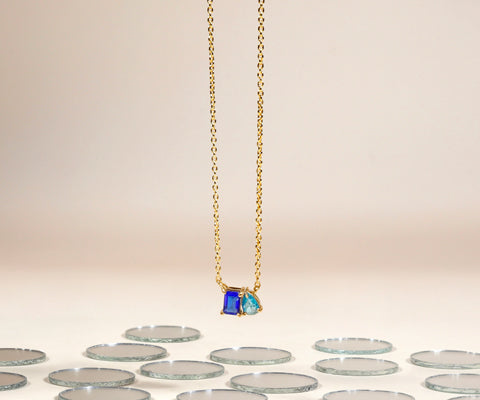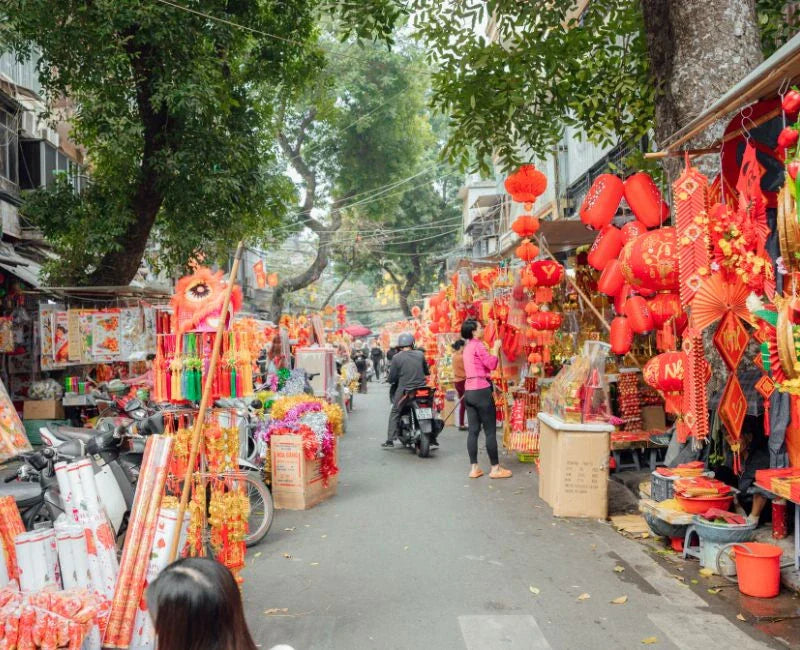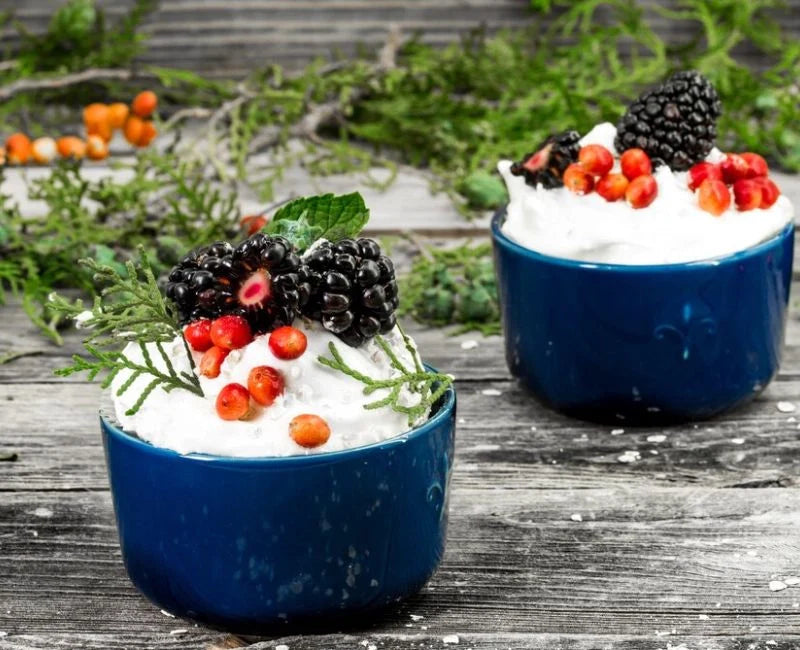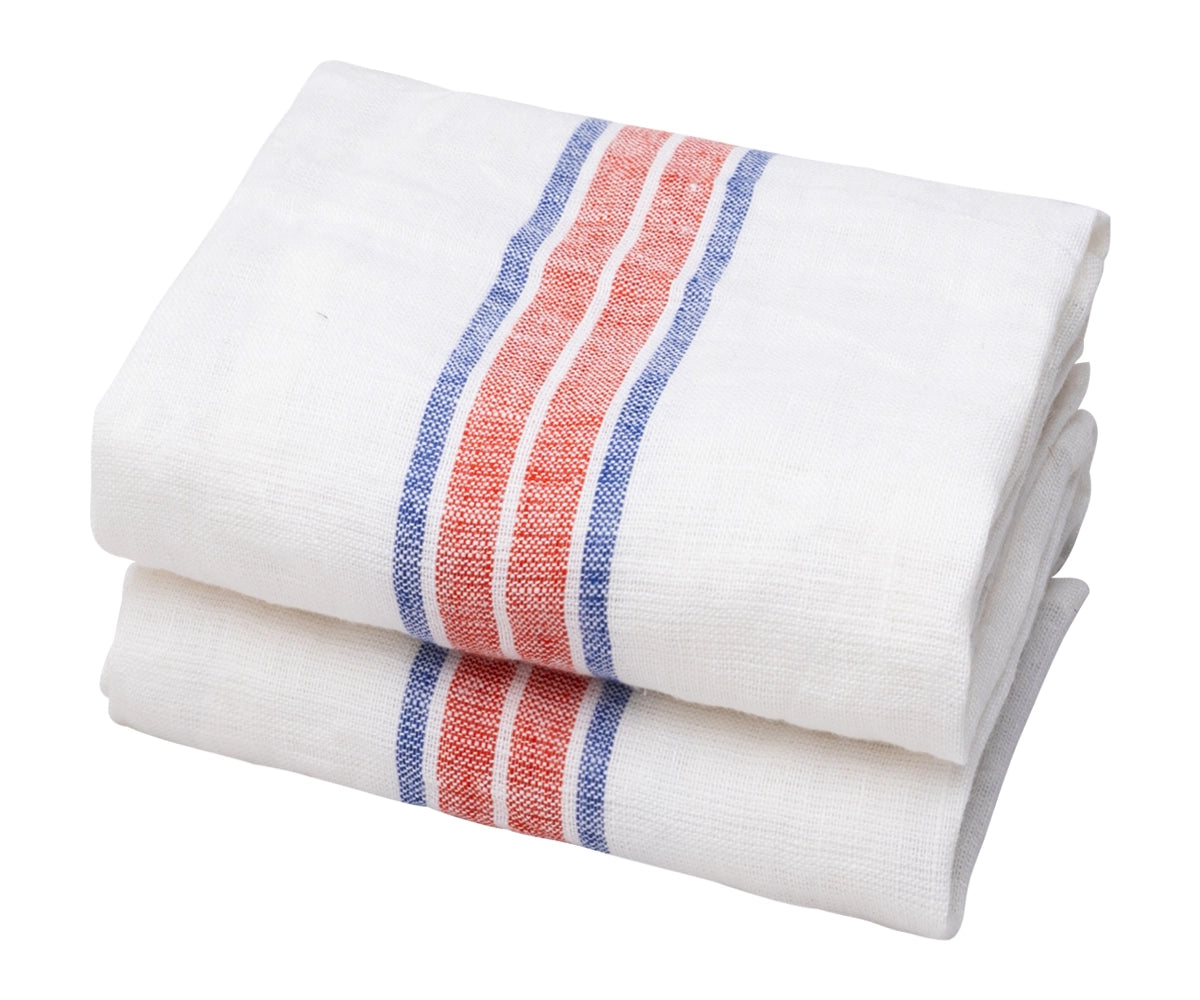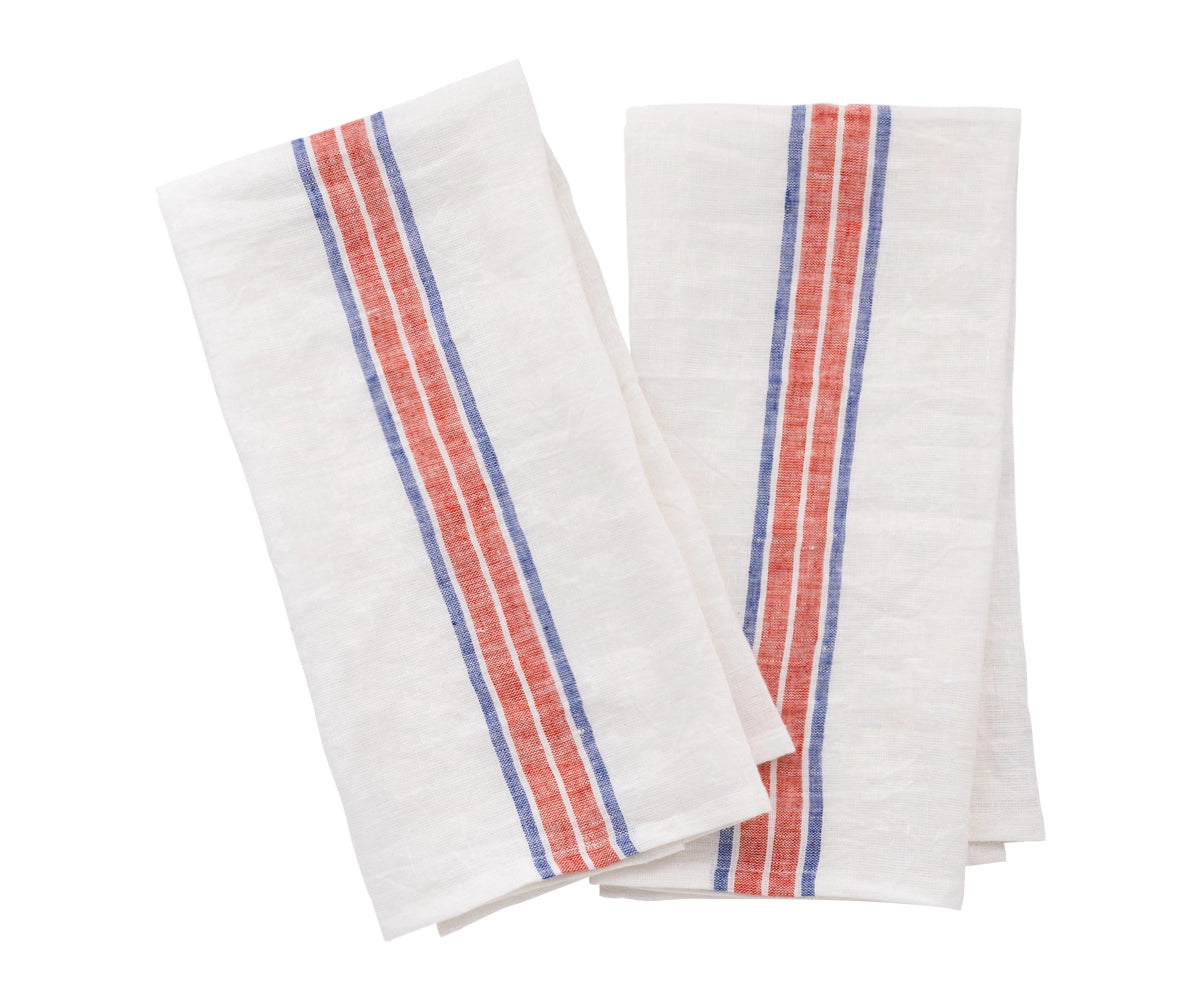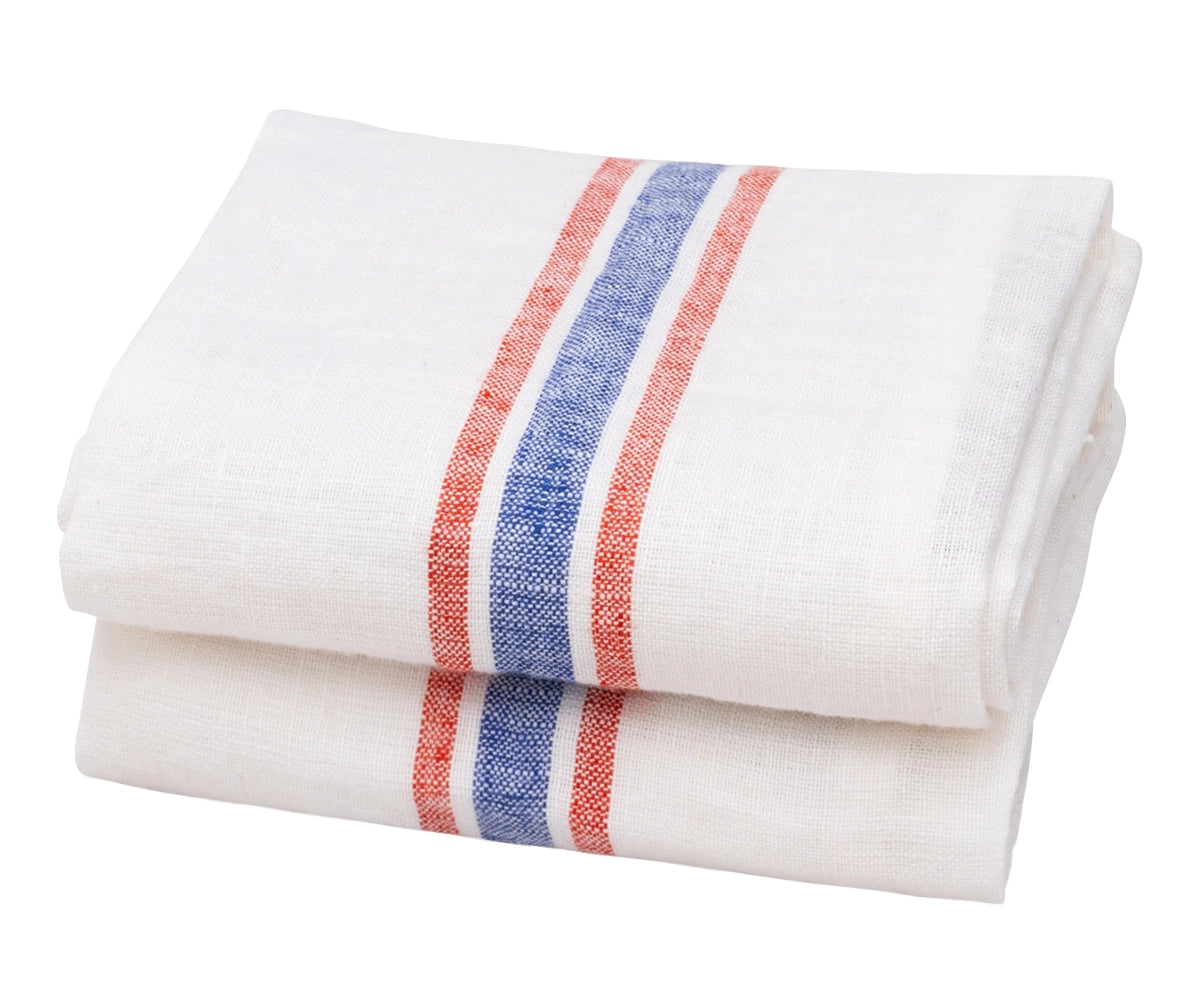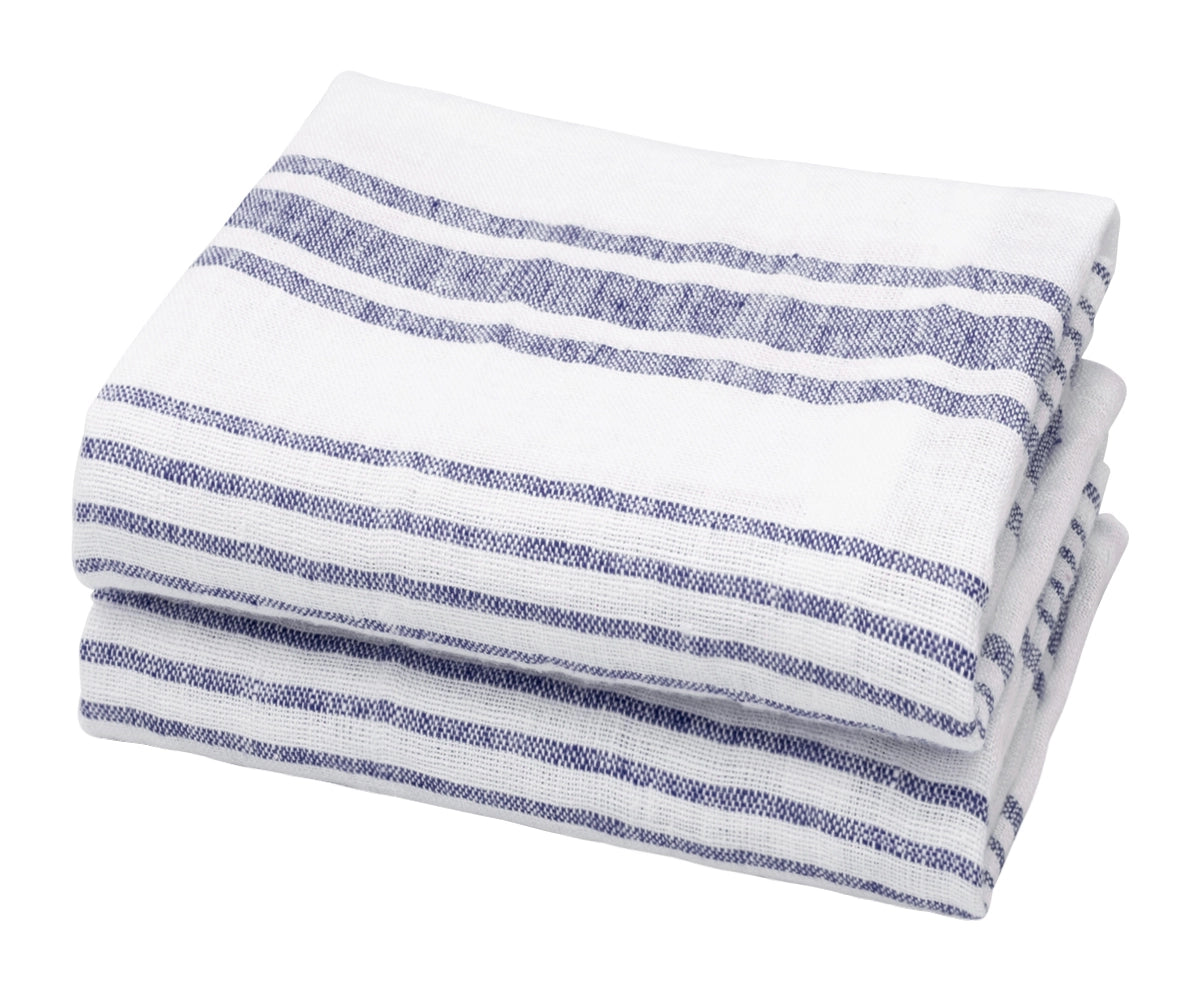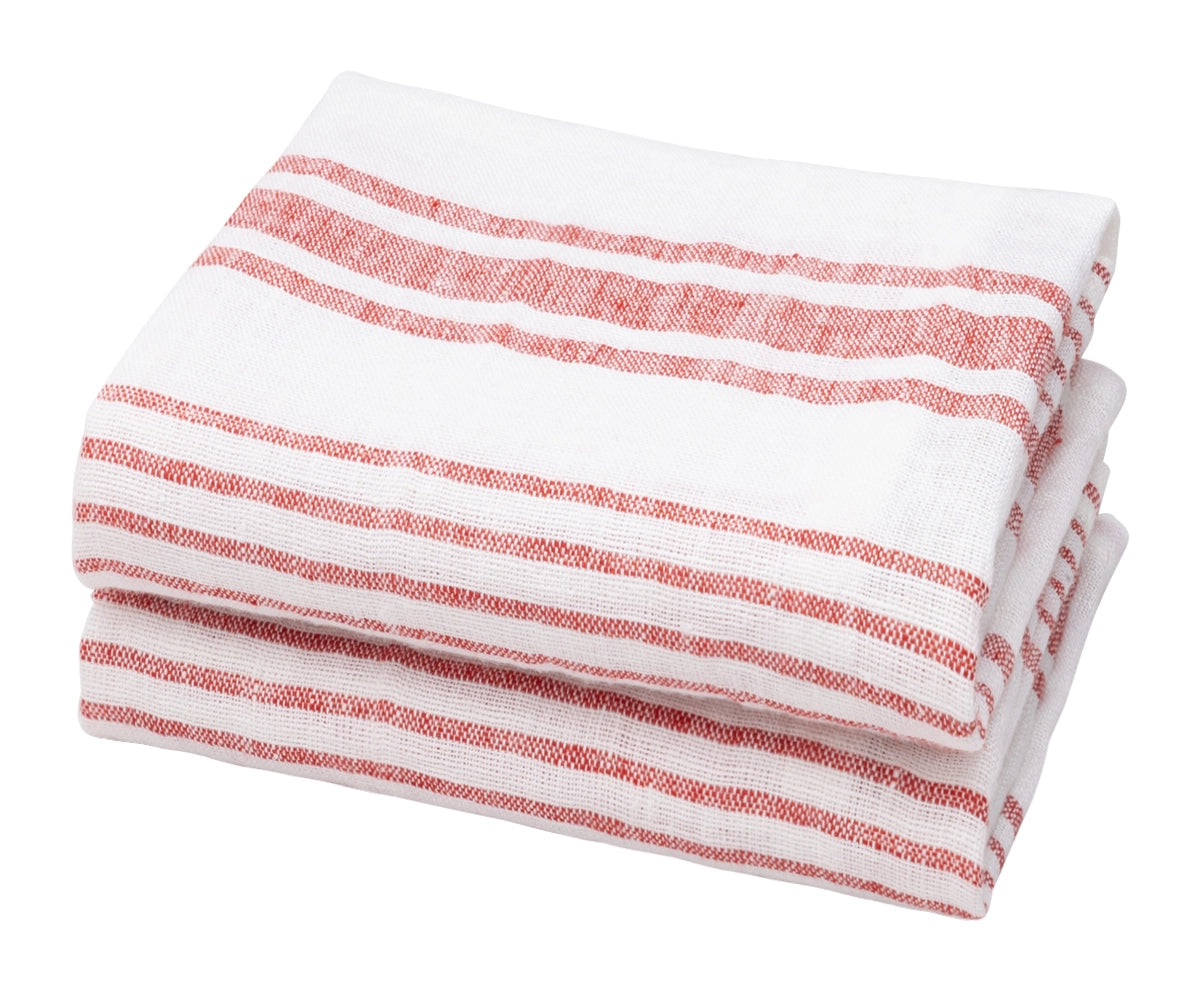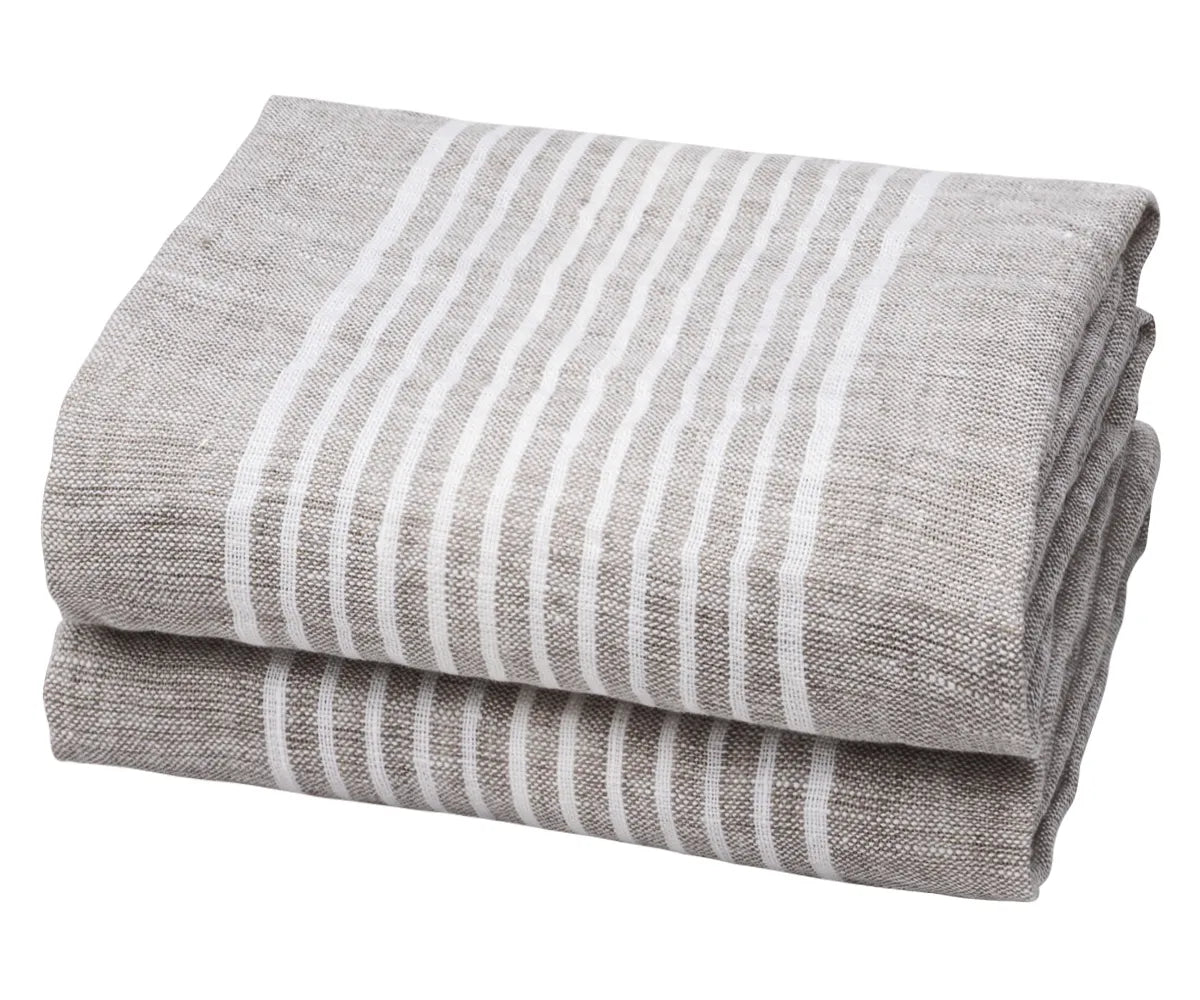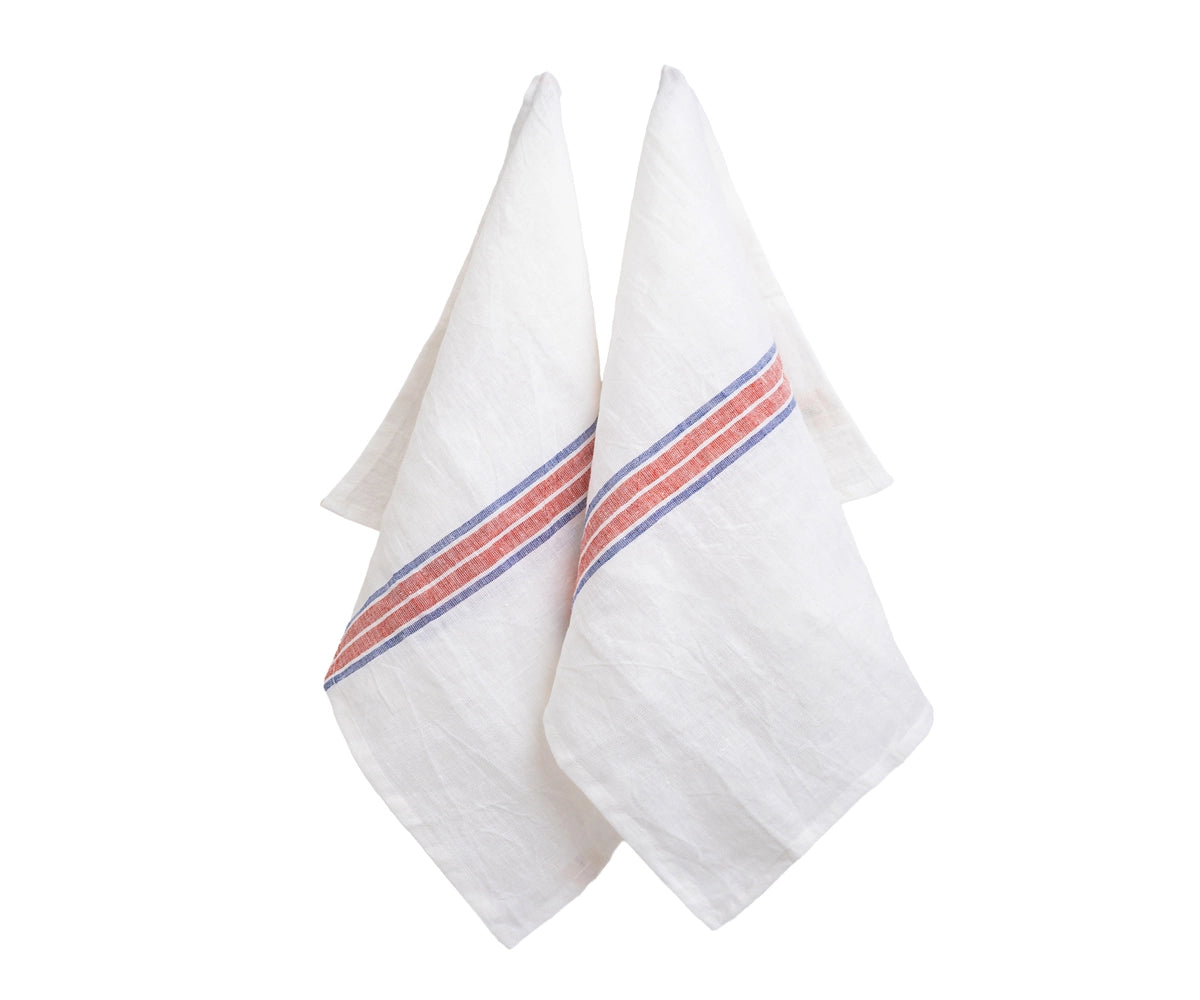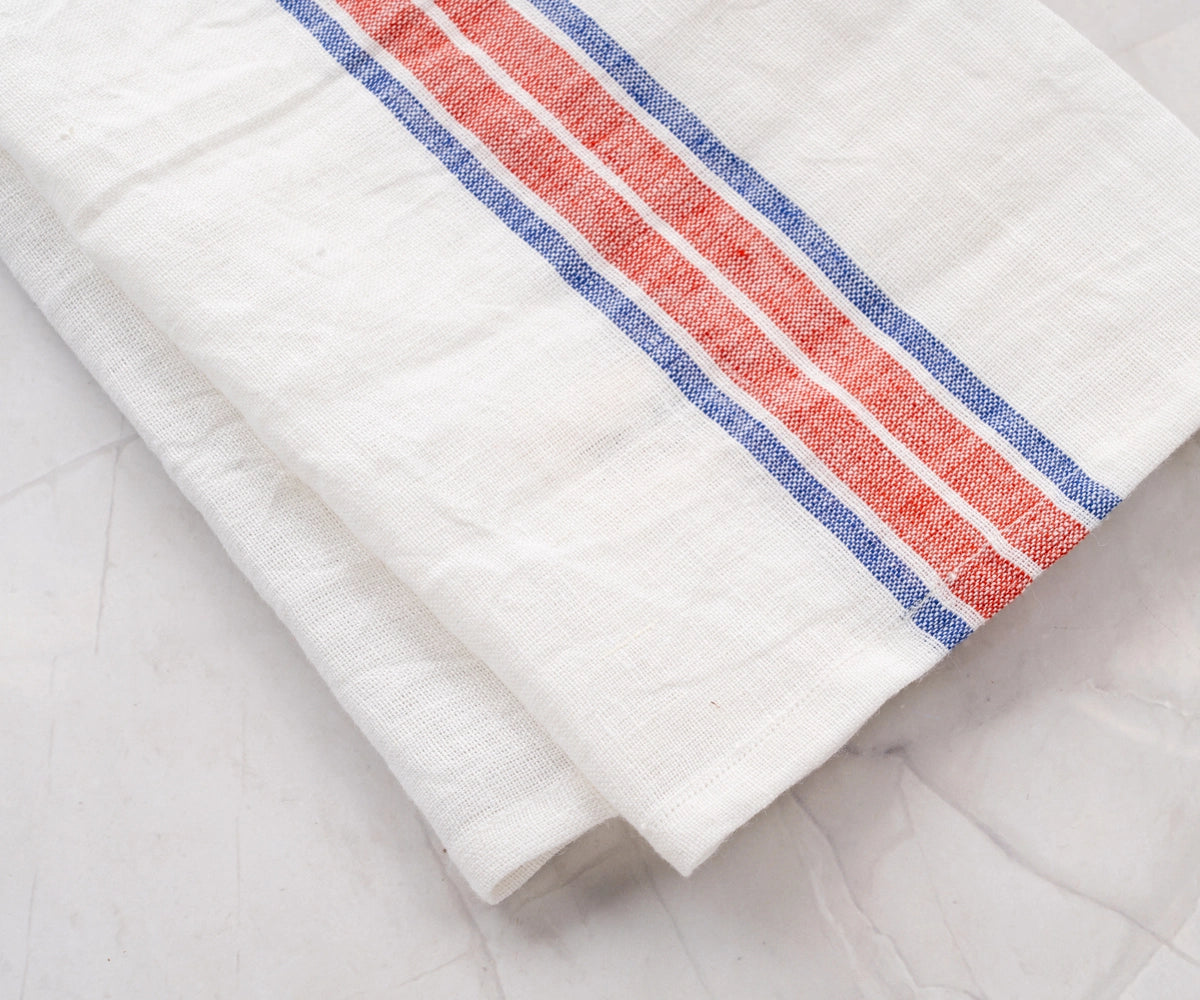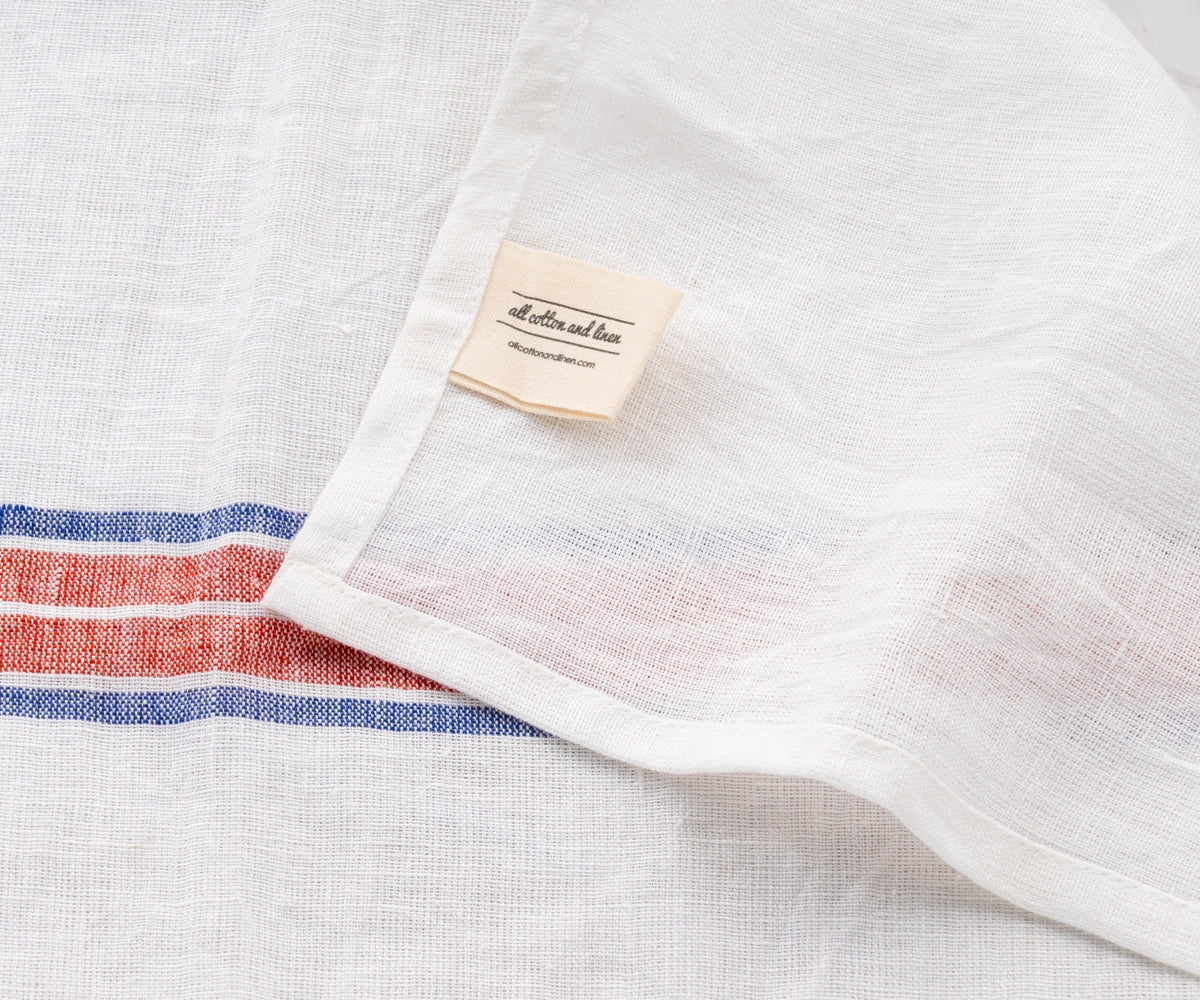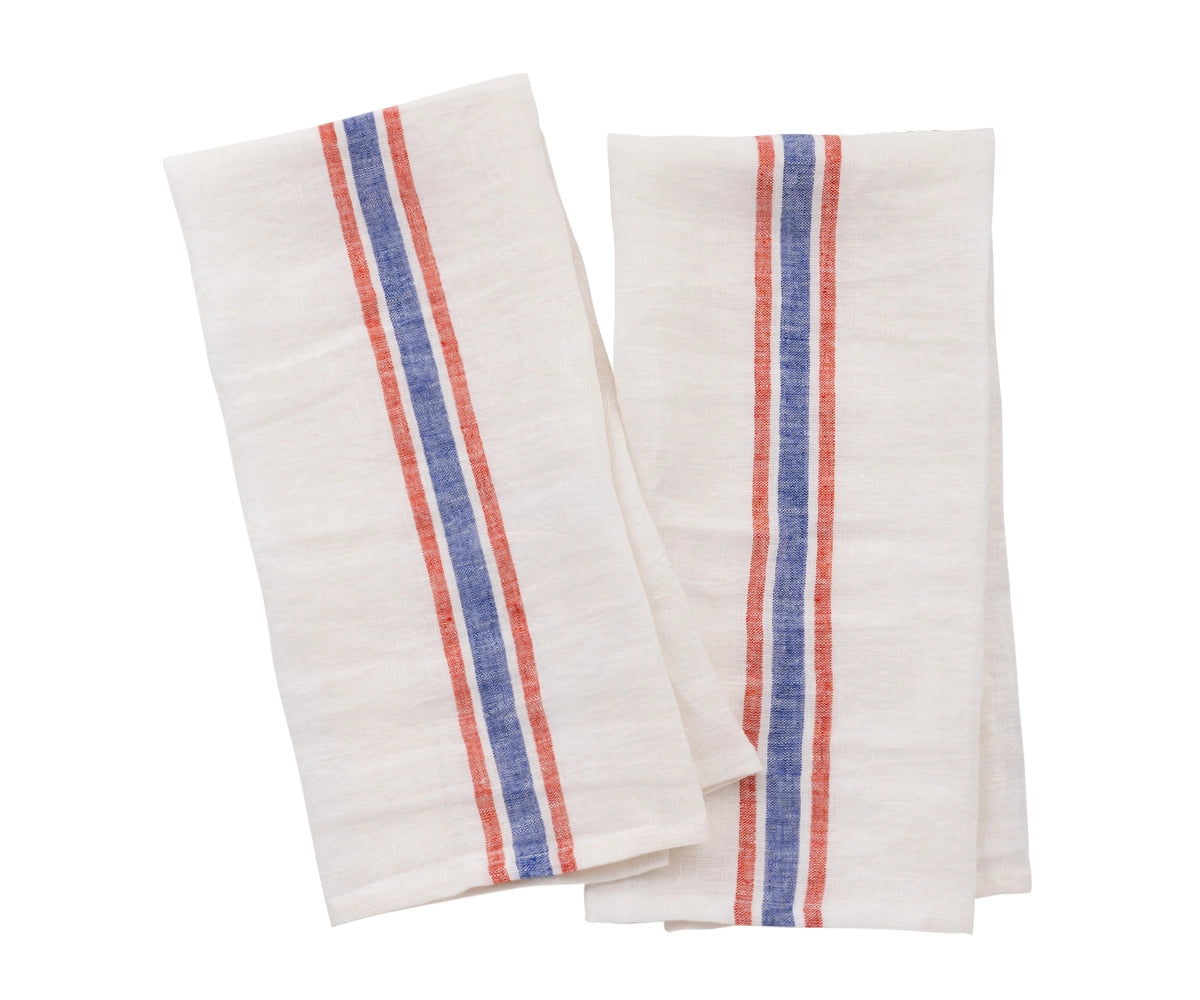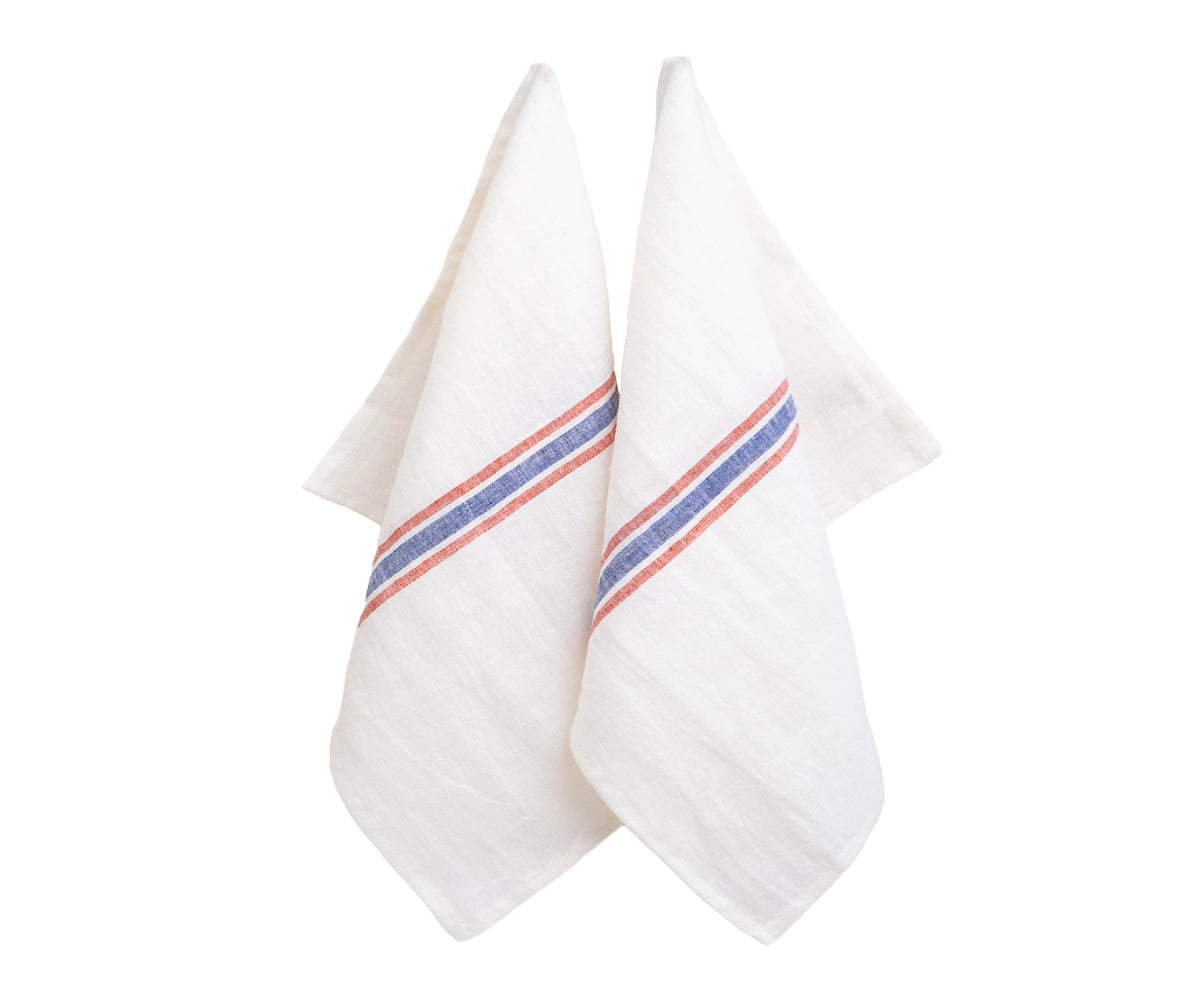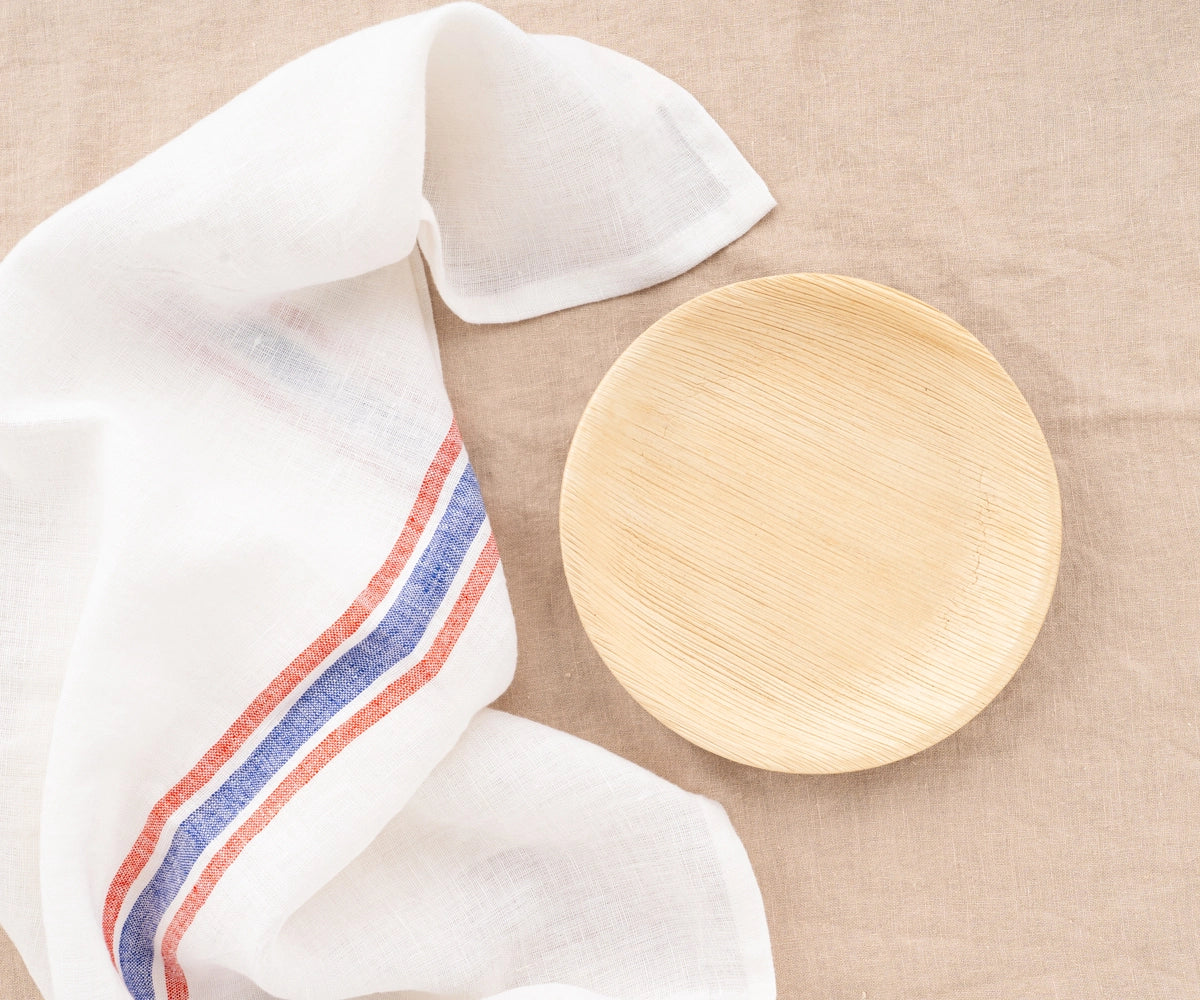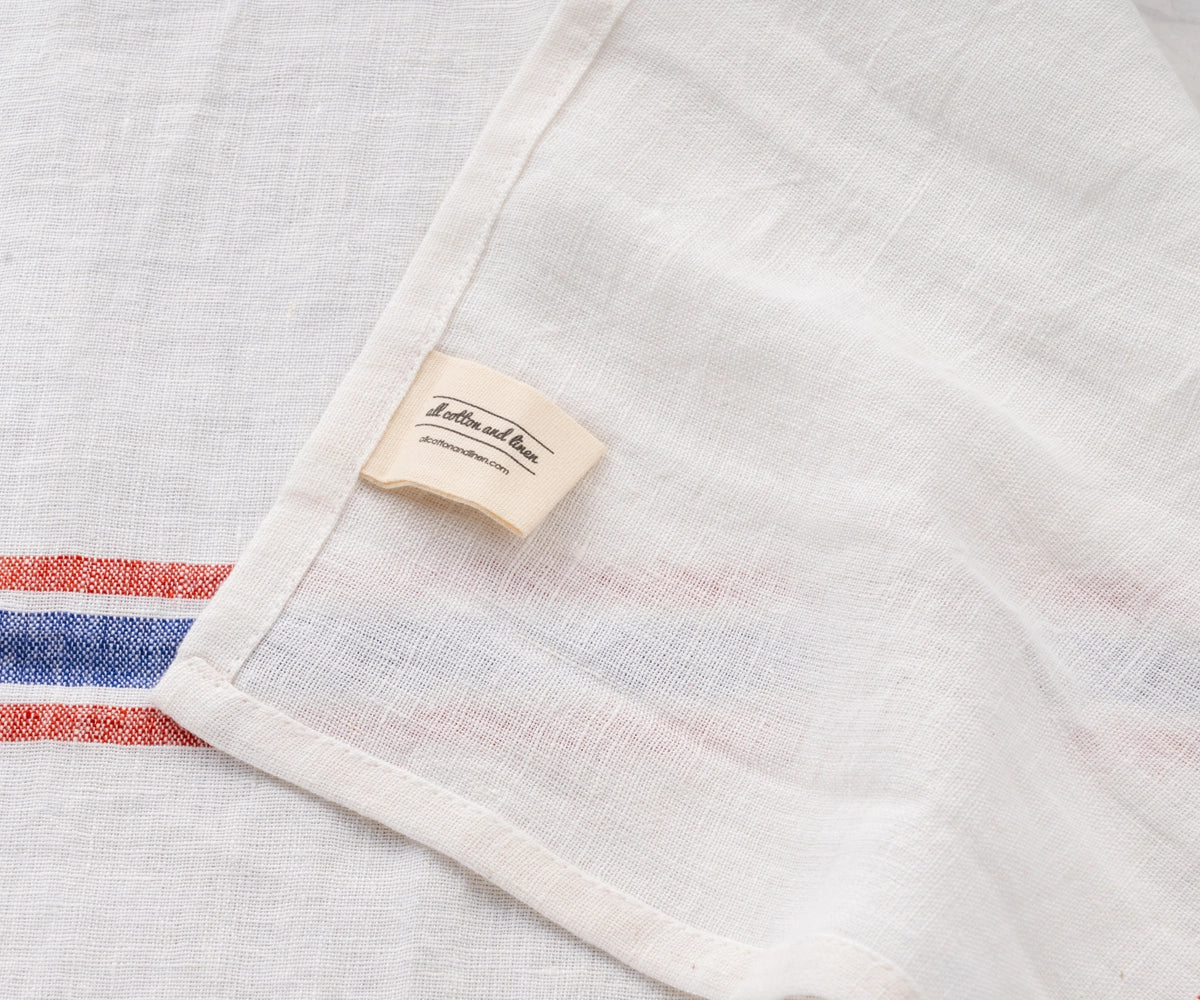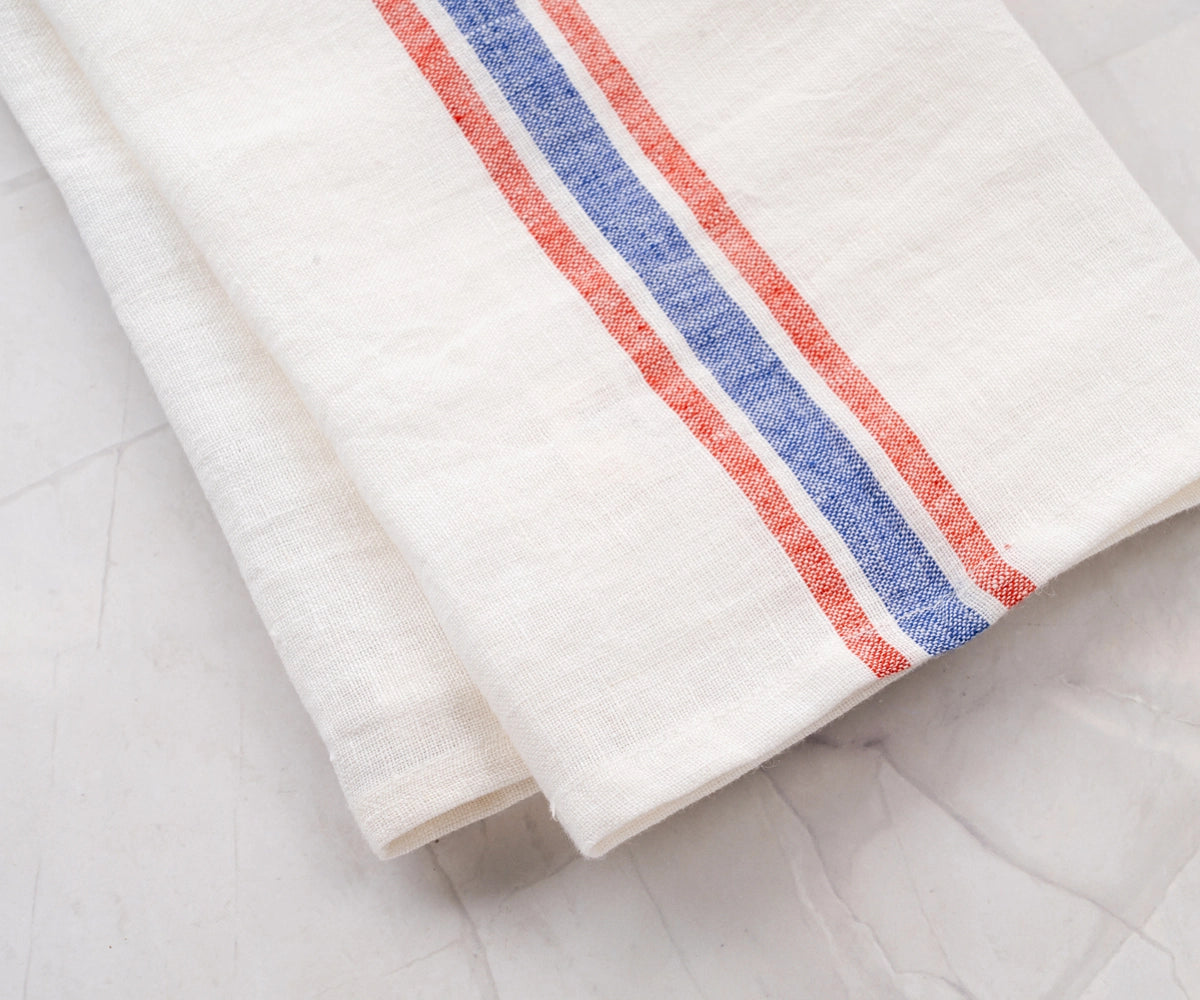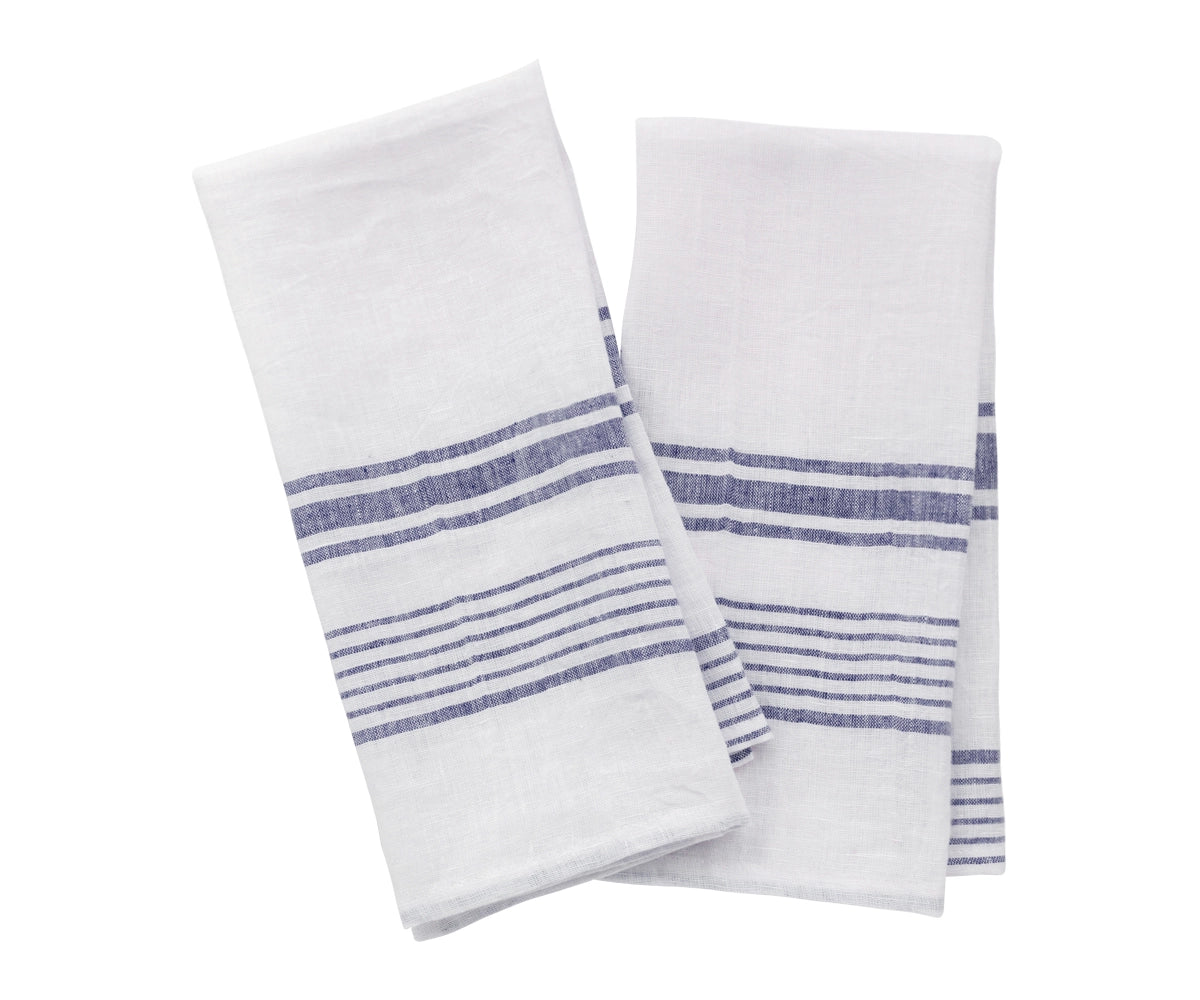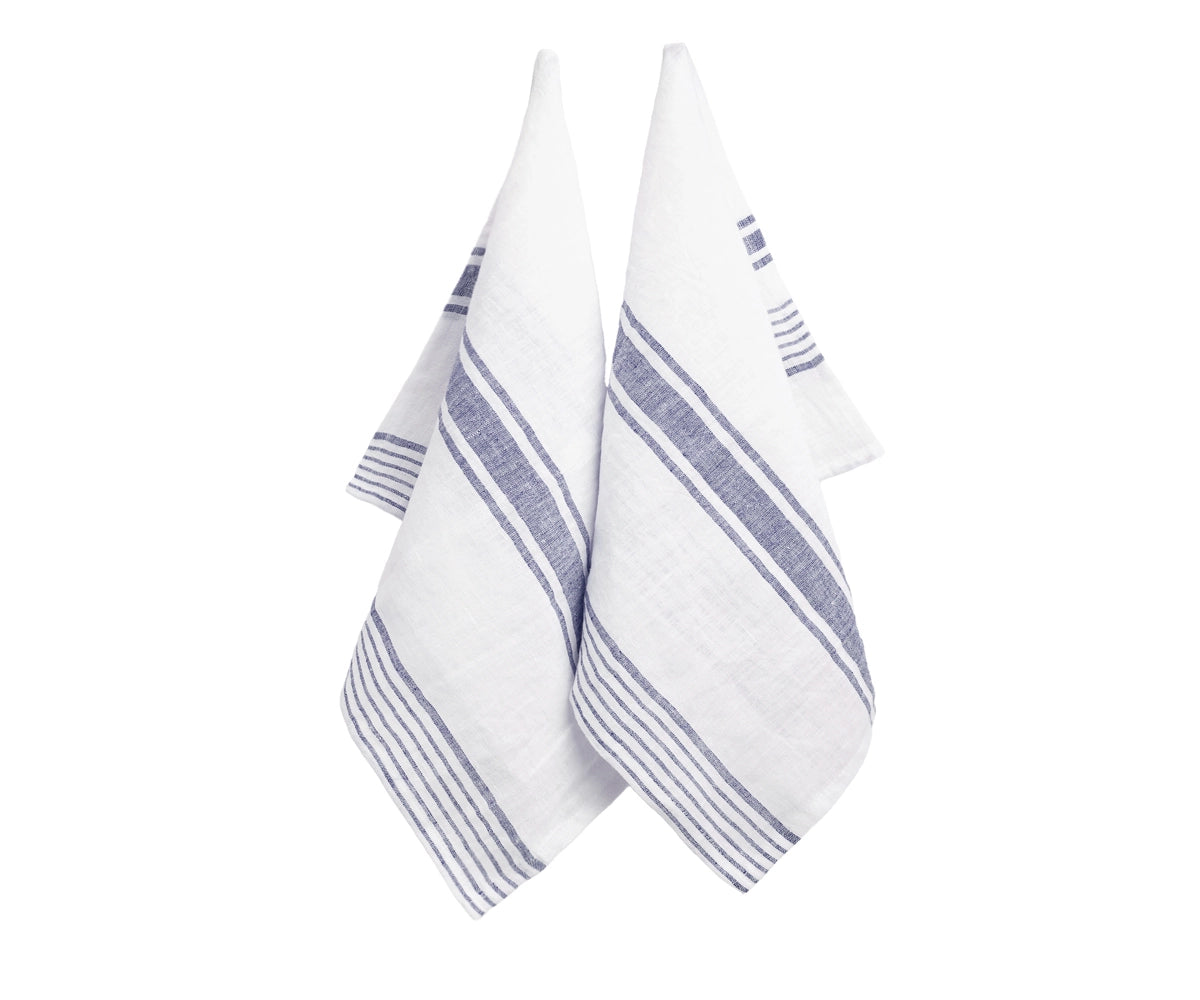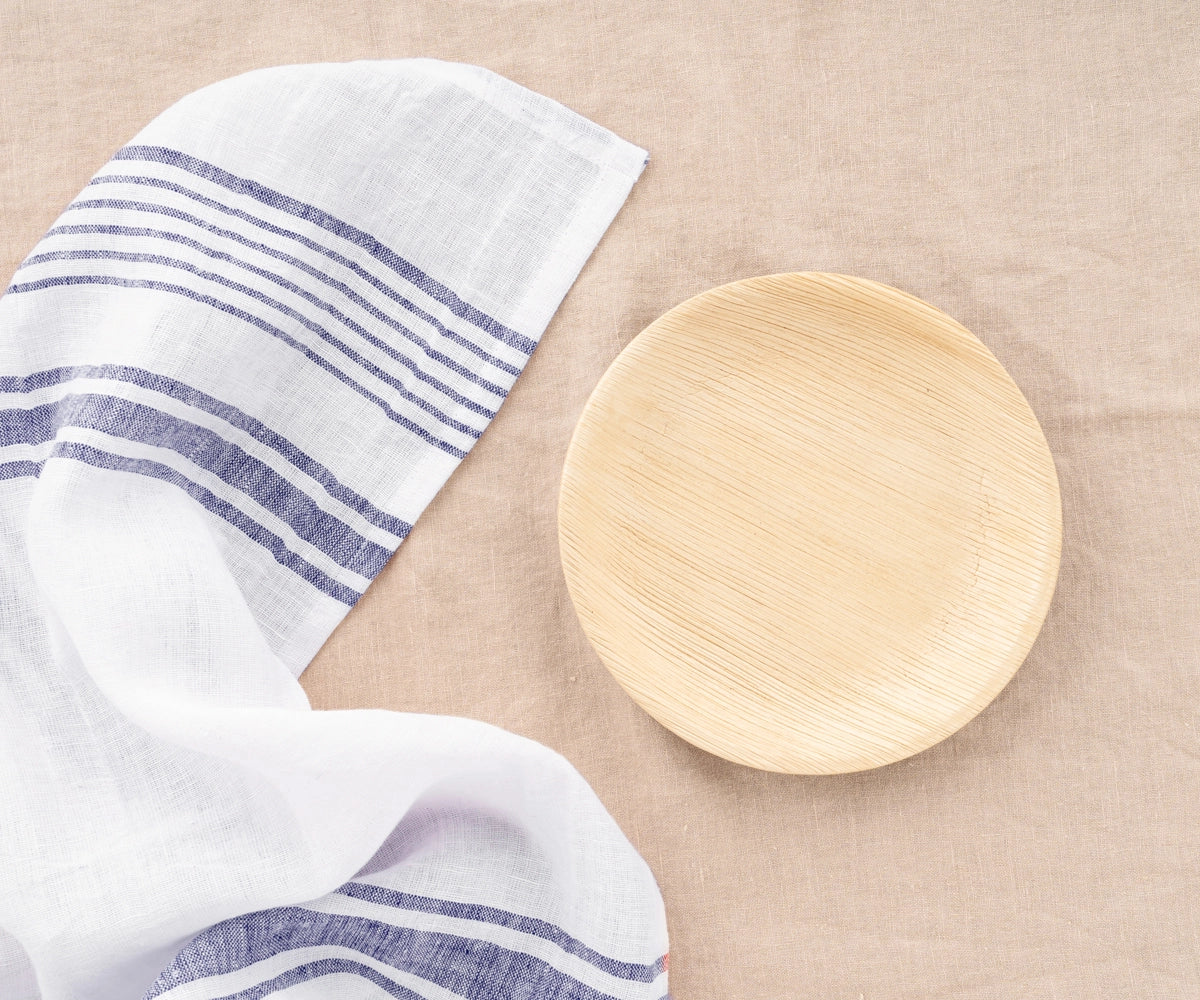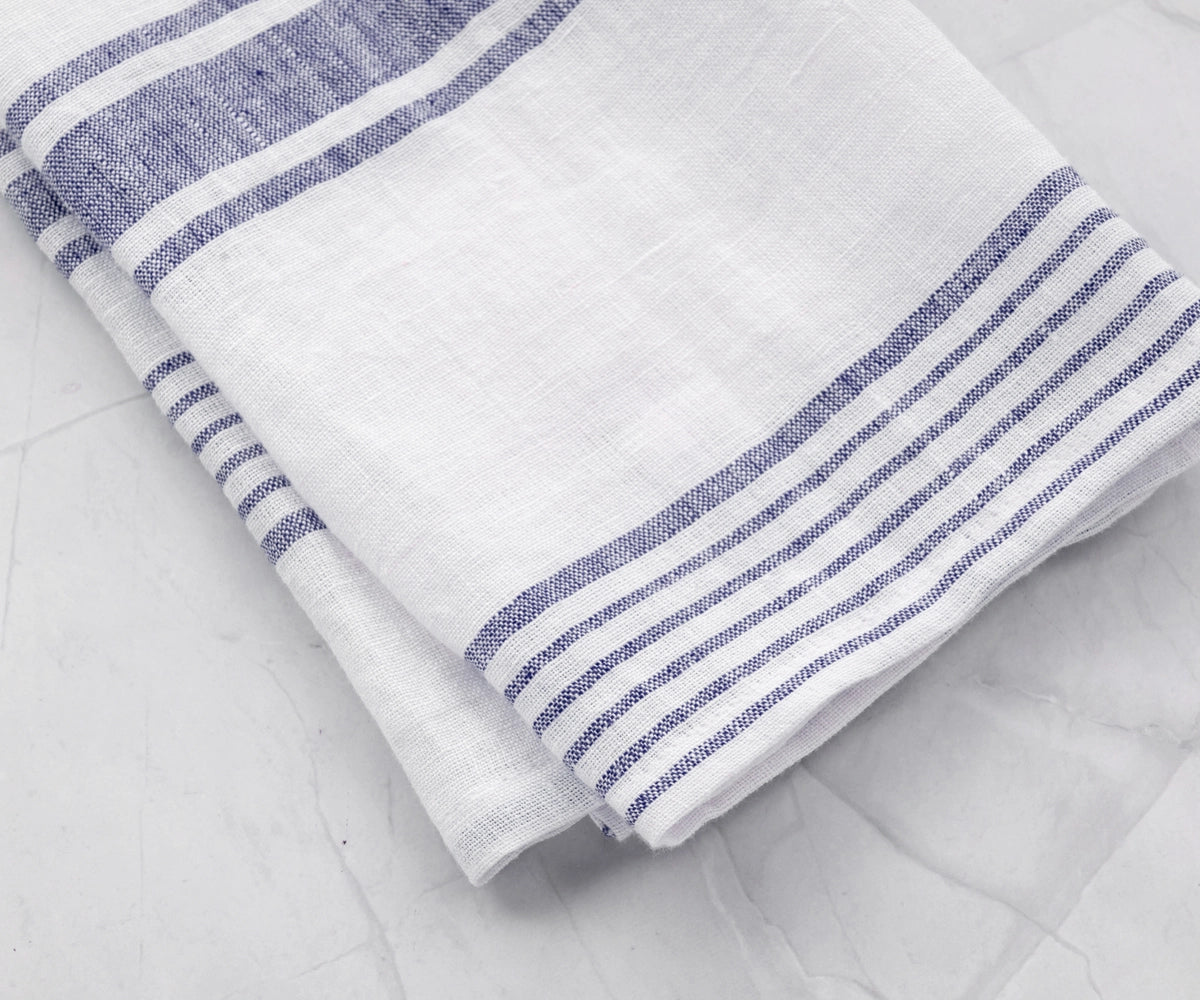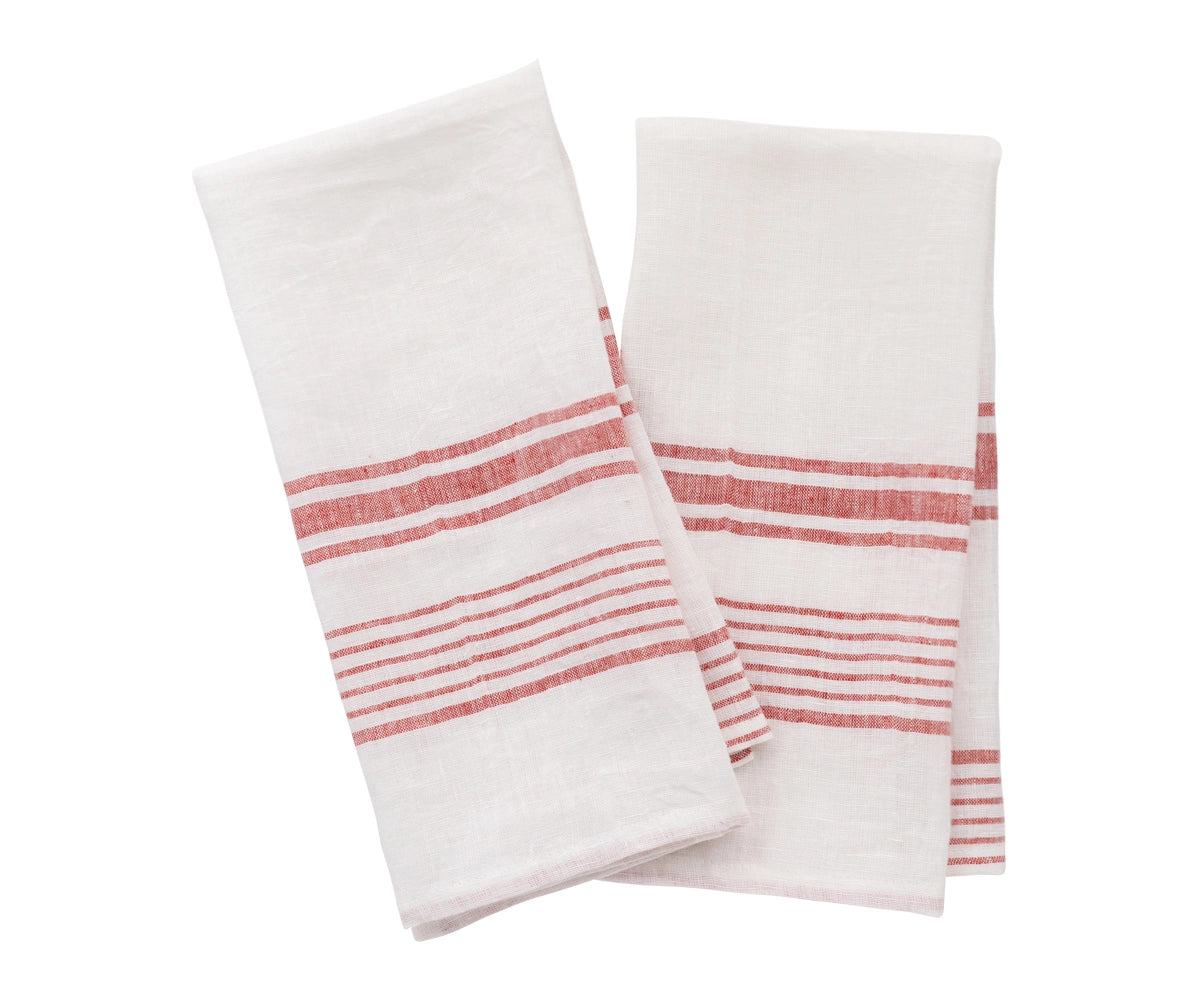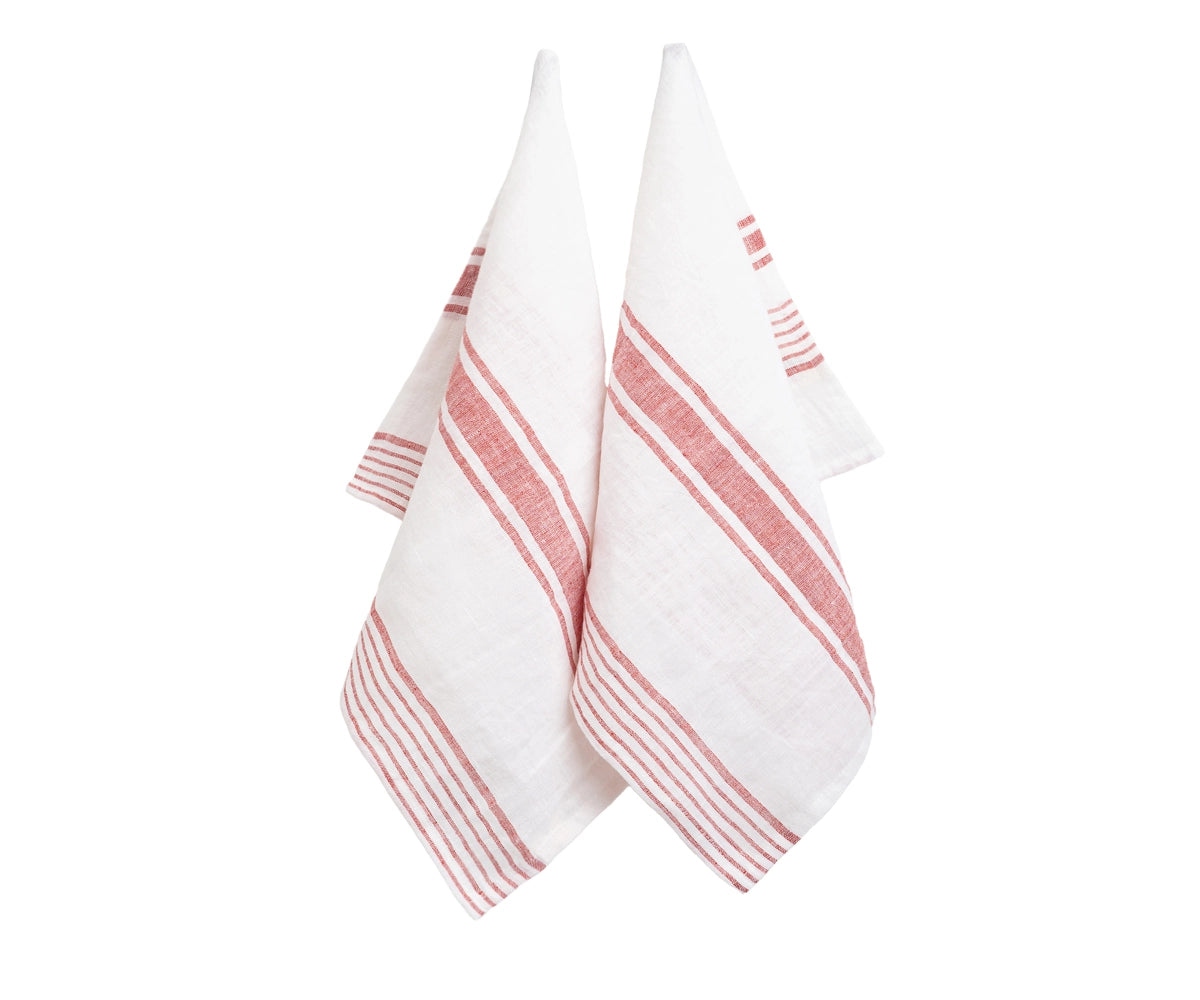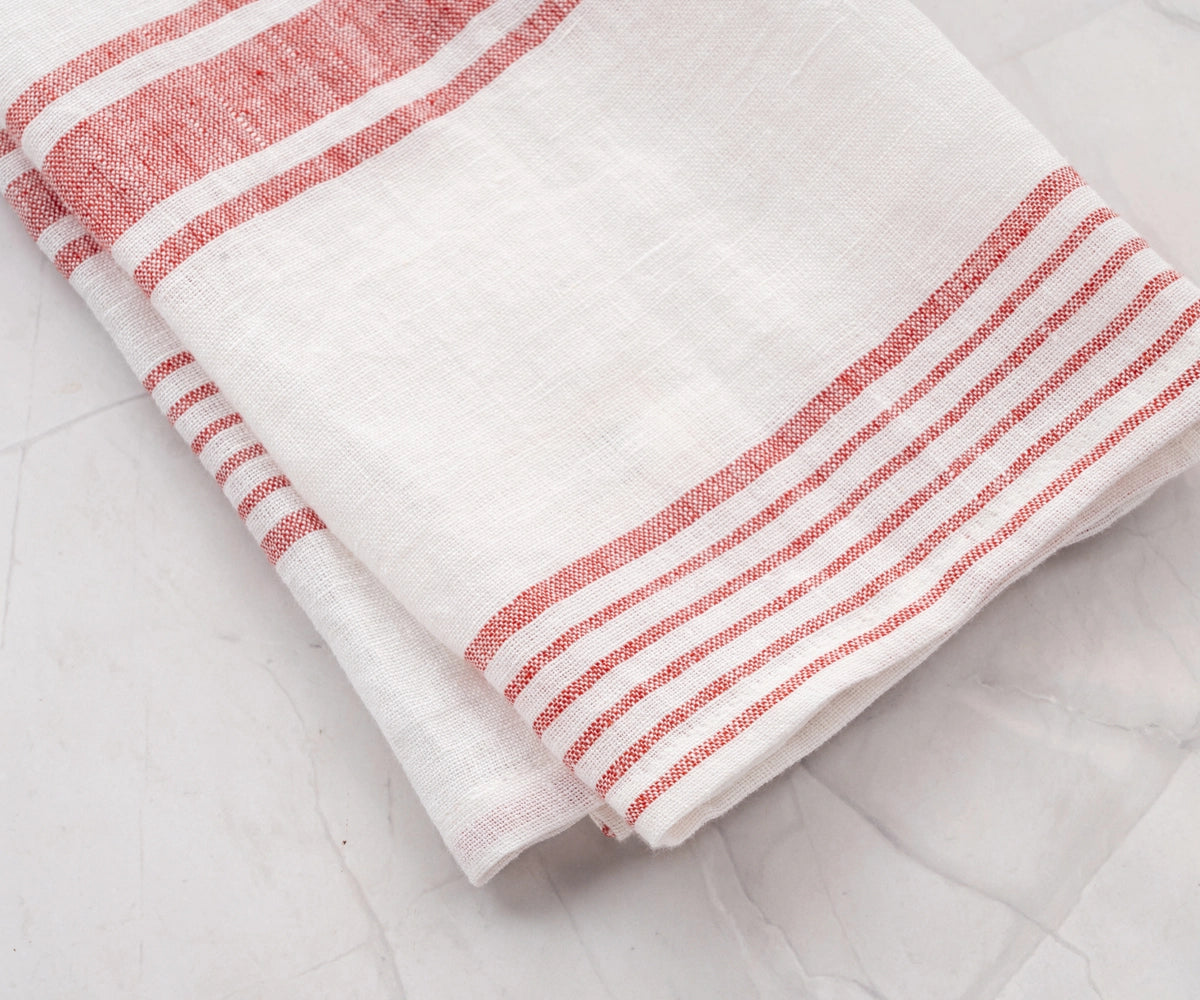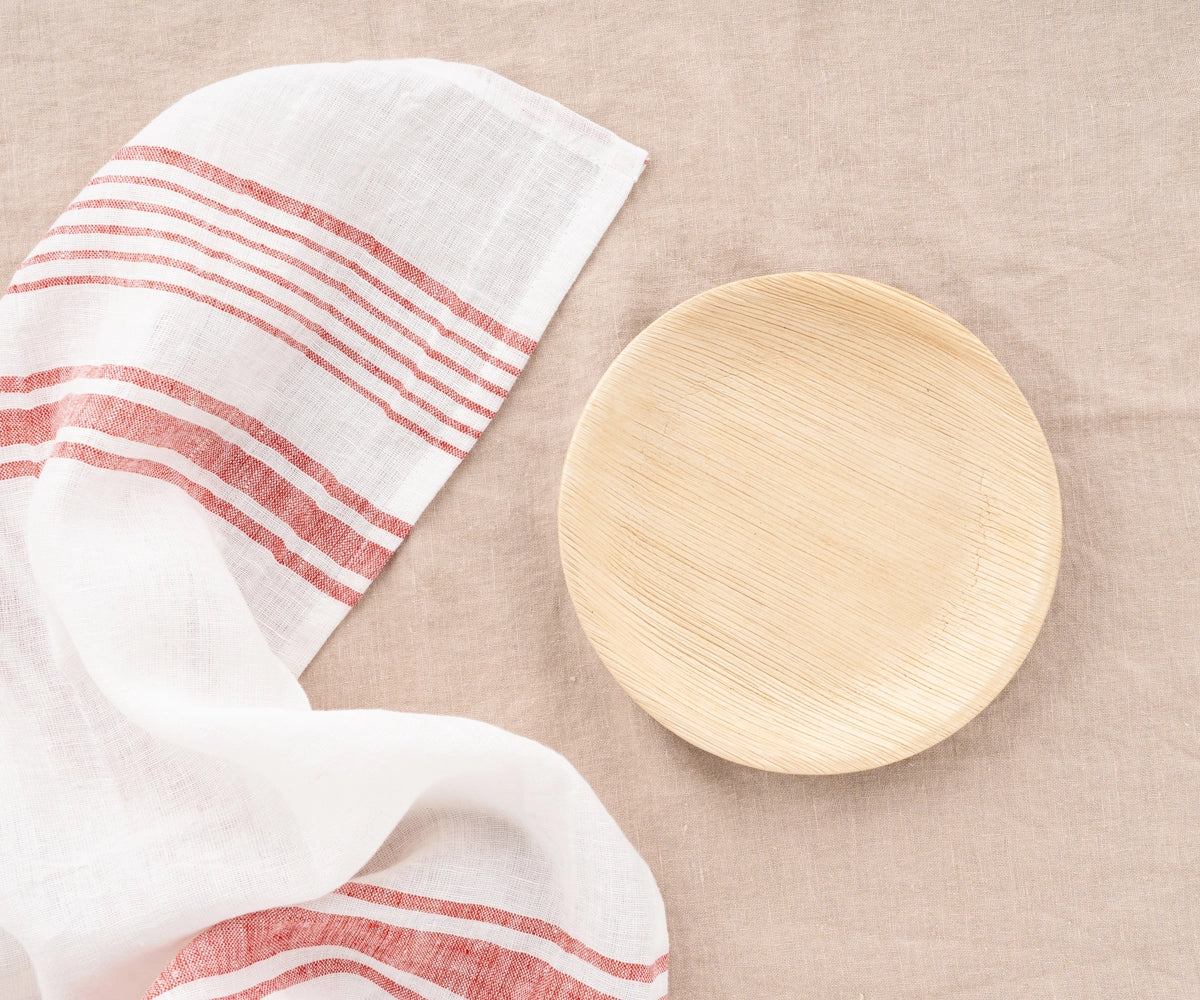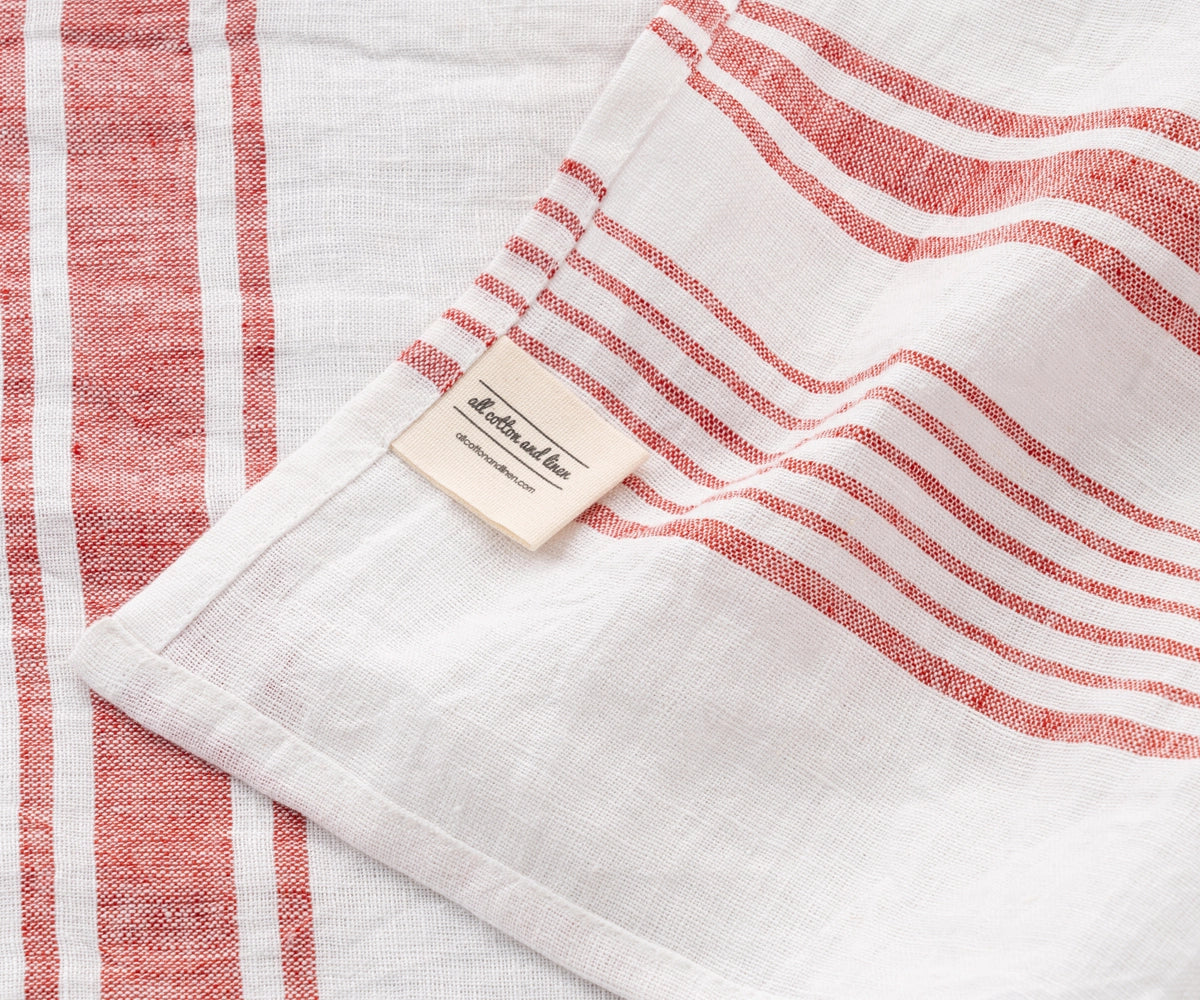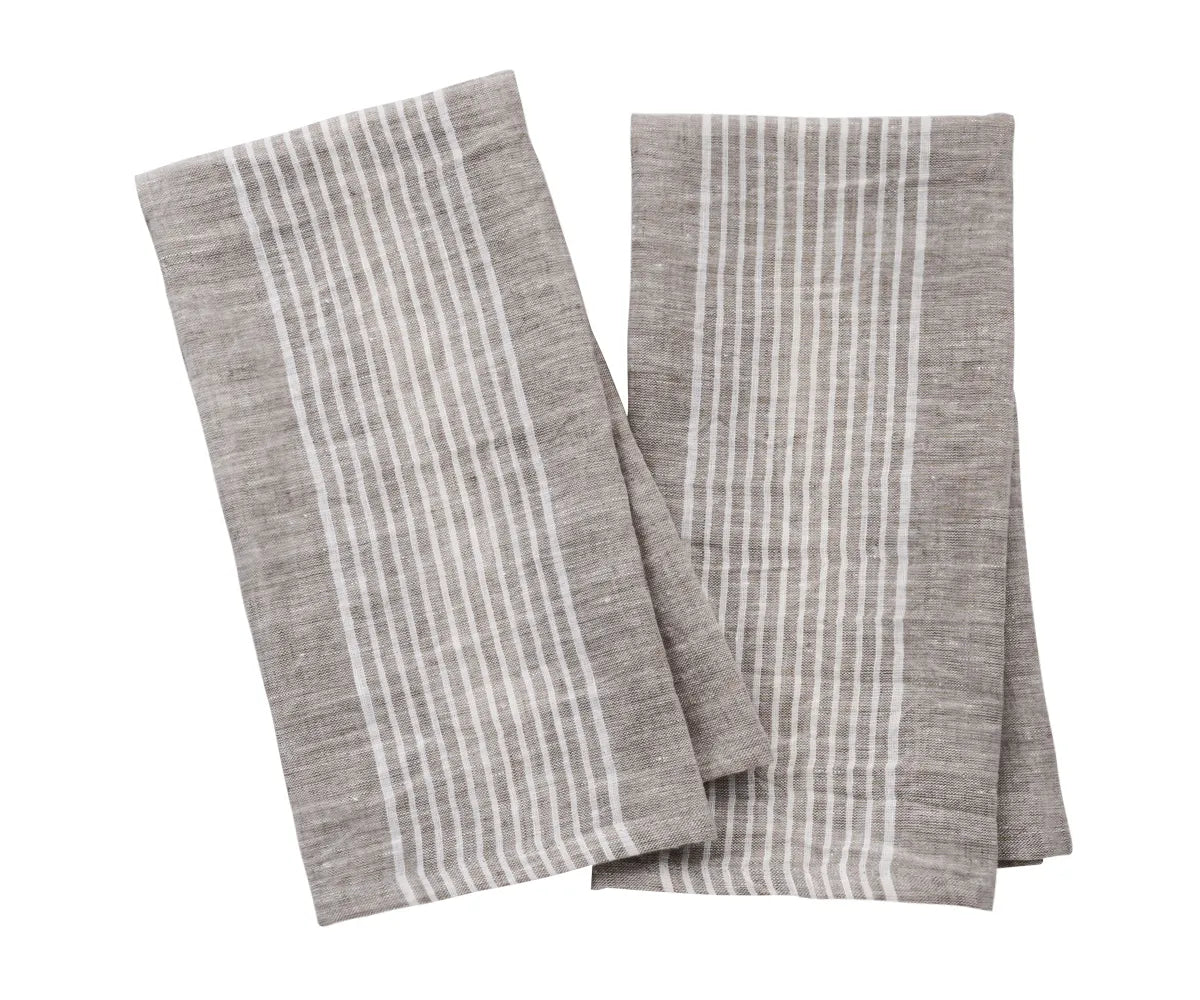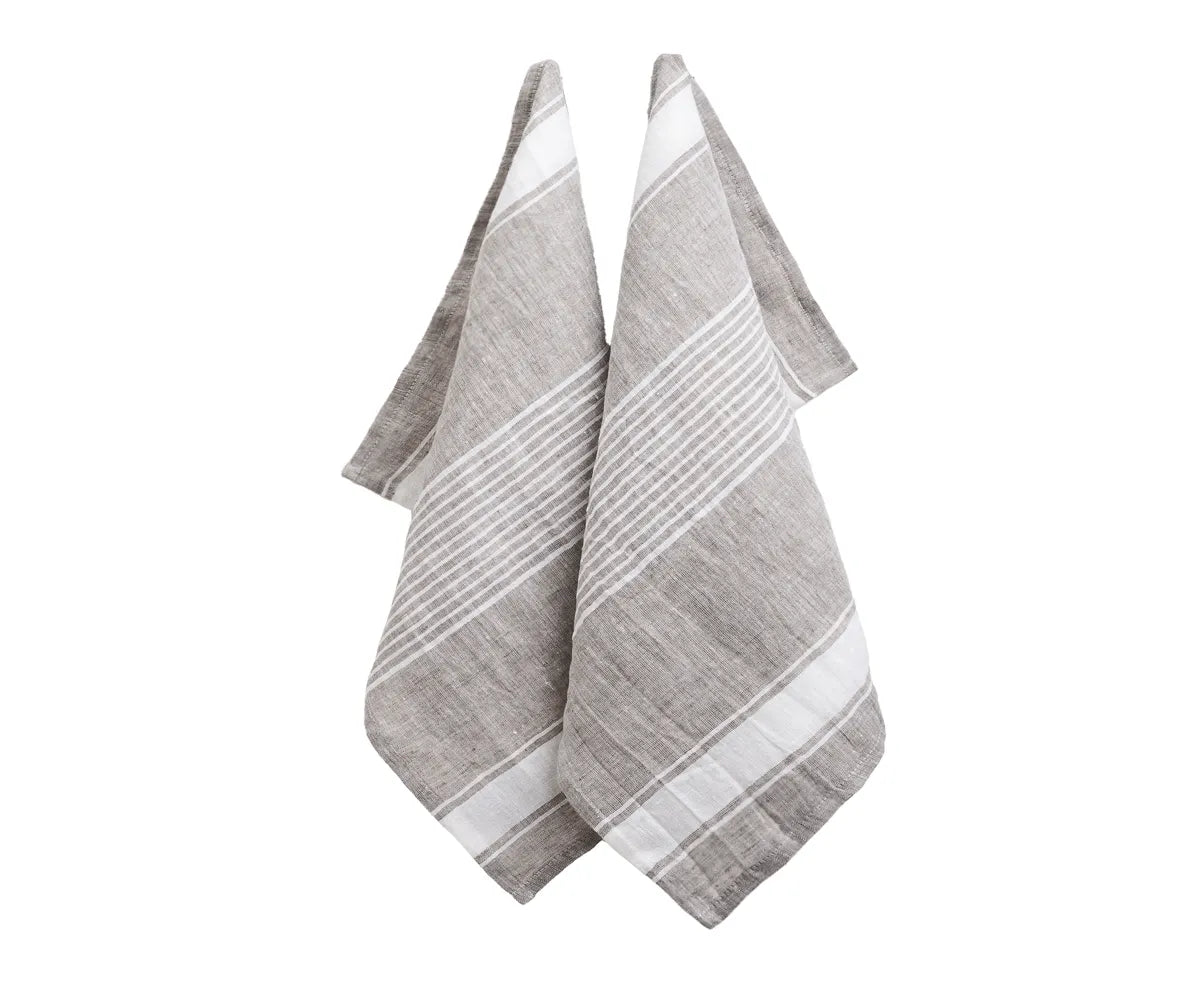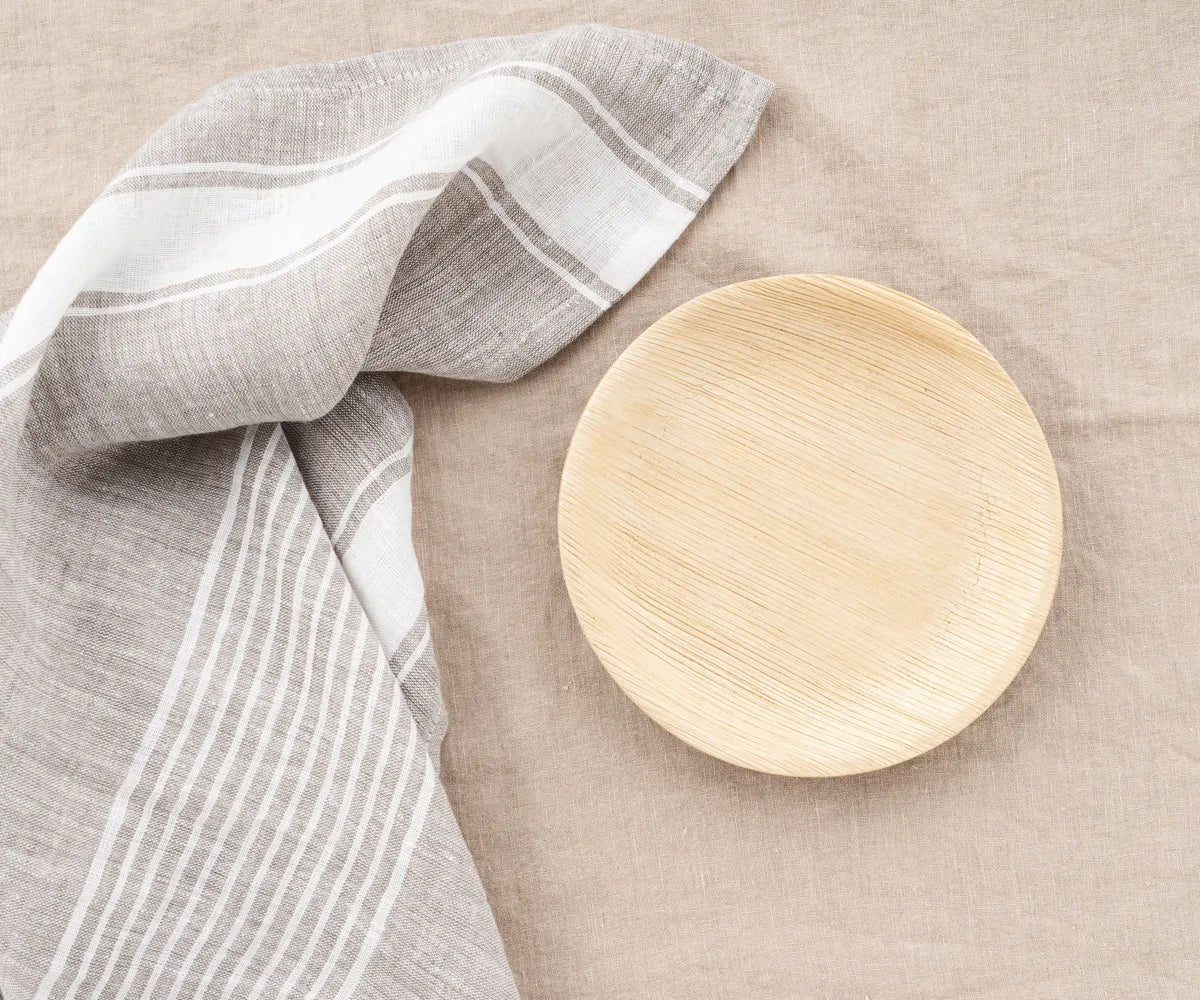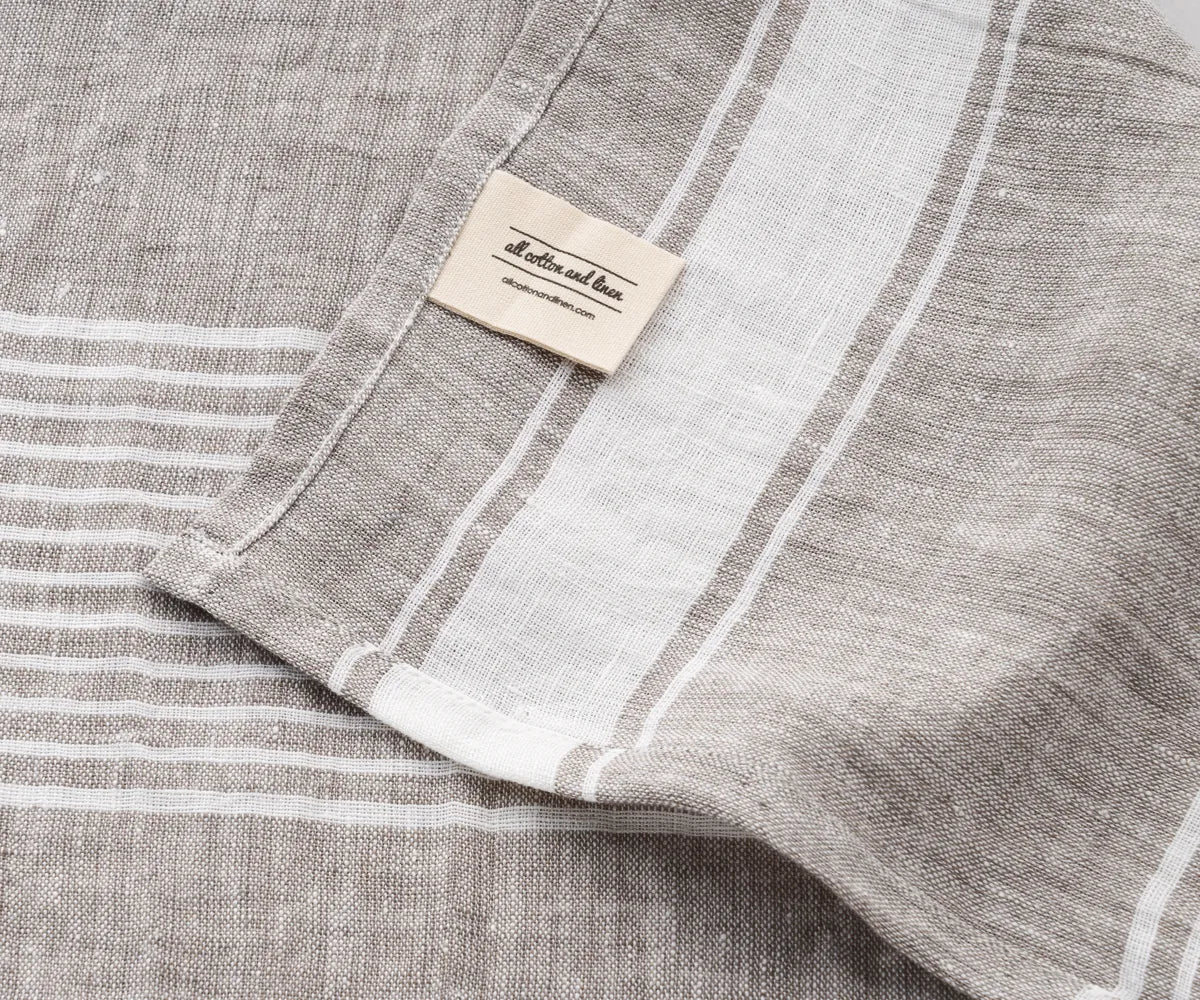1. Dumplings (China)
Dumplings are a classic Lunar New Year food and a beloved dish in Chinese culture. They’re typically crafted to resemble ancient gold ingots, symbolizing wealth and prosperity. Families often gather to prepare dumplings together, using a variety of fillings such as pork, shrimp, or vegetables. Some even hide a coin inside one dumpling as a symbol of extra luck for the year.
Pro Tip: Serve them steamed, boiled, or pan-fried with a dipping sauce made of soy, vinegar, and chili for a flavorful experience.
Elevate your dining experience with premium-quality tablecloths and table runners available in a variety of colors and patterns at All Cotton and Linen.
2. Rice Cake Soup (Tteokguk) – Korea
Among the iconic korean lunar new year food dishes, Tteokguk holds a special place. This warm and comforting soup features thinly sliced rice cakes served in a savory broth made from beef or anchovies. Eating Tteokguk is more than a meal—it’s a tradition that marks aging by one year, symbolizing growth and wisdom.
Why it’s special: The round shape of the rice cakes signifies harmony and longevity, making this dish a meaningful part of the celebration.
Pro Tip: Garnish with shredded egg, green onions, and seaweed for added flavor and color.
3. Banh Chung and Banh Tet (Vietnam)
When discussing vietnamese lunar new year food, Banh Chung (square sticky rice cake) and Banh Tet (cylindrical sticky rice cake) are essential. These rice cakes are filled with pork belly and mung beans, wrapped in banana leaves, and boiled for hours. The meticulous preparation often involves the whole family, creating a sense of unity and gratitude.
Why it’s special: The square and round shapes symbolize the earth and sky, reflecting the harmony of the universe.
Pro Tip: Pair these cakes with pickled vegetables for a delightful balance of flavors.
Add a touch of elegance to your meals with durable and eco-friendly cloth napkins, perfect for everyday use or special occasions.
4. Longevity Noodles (China, Japan, Korea)
Noodles are a staple during lunar new year dinner because they symbolize a long and healthy life. Each culture puts its own spin on the dish: Chinese chow mein, Japanese soba noodles, and Korean jajangmyeon are all popular choices. The key tradition? Eating the noodles without breaking them—a fun challenge with a meaningful twist.

Why it’s special: The unbroken length of the noodles represents unbroken prosperity and happiness.
Pro Tip: Stir-fry noodles with seasonal vegetables, or serve them in broth for a hearty meal.
5. Sweet Rice Balls (Tangyuan) – China
Tangyuan is a delightful dessert made of glutinous rice flour, filled with sweet sesame or peanut paste, and served in a light, ginger-flavored syrup. These round rice balls are a popular lunar new year food that symbolizes family unity and togetherness.
Why it’s special: The round shape of Tangyuan represents completeness and harmony within the family.
Pro Tip: For a modern twist, try colorful Tangyuan or ones filled with chocolate.
Keep your kitchen stylish and functional with absorbent and long-lasting kitchen towels crafted from natural fabrics at All Cotton and Linen.
6. Mandu (Korea)
Mandu, or Korean dumplings, are another must-try korean lunar new year food. These dumplings are stuffed with ground meat, tofu, and vegetables, then steamed, boiled, or pan-fried. They’re often made in large batches, turning the preparation into a joyful family activity.

Why it’s special: Mandu symbolizes blessings and prosperity, and the tradition of making them fosters a sense of connection.
Pro Tip: Serve Mandu with a tangy soy-vinegar dipping sauce for an extra kick.
7. Mochi (Japan)
While mochi isn’t traditionally a japanese lunar new year food, it’s deeply associated with Japanese New Year celebrations. These chewy rice cakes are pounded into shape and enjoyed plain or stuffed with sweet fillings like red bean paste.

Why it’s special: The process of making mochi—pounding and shaping—symbolizes strength and perseverance.
Pro Tip: Grill mochi and top it with soy sauce and sugar for a savory-sweet treat.
8. Peking Duck (China)
A luxurious addition to any lunar new year dinner, Peking Duck is famous for its crispy skin and tender meat. Often served with thin pancakes, scallions, and hoisin sauce, this dish is perfect for a festive gathering.

Why it’s special: Duck is a symbol of fidelity and fertility, making it a meaningful dish for families.
Pro Tip: Pair Peking Duck with a light cucumber salad to balance the richness.
9. Spring Rolls (China, Vietnam)
Spring rolls are a crowd-pleasing lunar new year food, loved for their crispy texture and delicious fillings. In Vietnam, fresh spring rolls made with rice paper are also popular, offering a lighter option.

Why it’s special: Their resemblance to gold bars makes them a symbol of wealth and good fortune.
Pro Tip: Serve with a tangy dipping sauce like hoisin or peanut sauce for extra flavor.
10. Fish (China, Vietnam)
Fish is a staple in many lunar new year traditions, symbolizing abundance and prosperity. It’s often served whole to represent completeness and a good start and finish to the year. In Chinese culture, the word for fish (yú) sounds like the word for surplus, making it especially lucky.

Why it’s special: Serving fish whole signifies harmony and unity in the family.
Pro Tip: Steam fish with ginger, scallions, and soy sauce for a classic preparation.
Where to Enjoy Lunar New Year Foods in California
If you’re in California, the California Adventure Lunar New Year food festival at Disneyland is a must-visit. The event features an array of dishes inspired by the festival’s traditions across cultures. With the Disneyland Lunar New Year food pass, you can sample dumplings, noodles, and desserts while enjoying live entertainment and festive decor.
Tip: The Disneyland Lunar New Year food pass is perfect for trying multiple dishes without overspending.
Tips for Hosting a Memorable Lunar New Year Dinner
-
Plan Your Menu: Include a mix of symbolic dishes like dumplings, noodles, and sticky rice cakes.
-
Decorate Thoughtfully: Use red and gold colors to reflect luck and prosperity.
-
Incorporate Traditions: Engage guests with activities like dumpling-making or writing good luck messages.
-
Serve Family-Style: Sharing dishes fosters a sense of connection and unity.
A Delicious Start to Lunar New Year 2025
As we welcome lunar new year 2025, it’s the perfect time to embrace the flavors and traditions that make this celebration so special. Whether you’re indulging in korean lunar new year food, exploring vietnamese lunar new year food, or enjoying the festivities at California Adventure Lunar New Year food, these dishes are more than just meals—they’re a way to connect with loved ones and honor cultural heritage.
So, gather your family, prepare a feast, and start the year with abundance, harmony, and joy!


